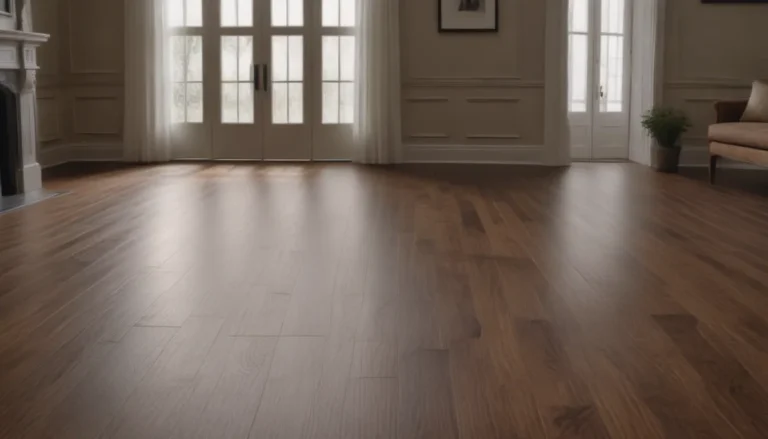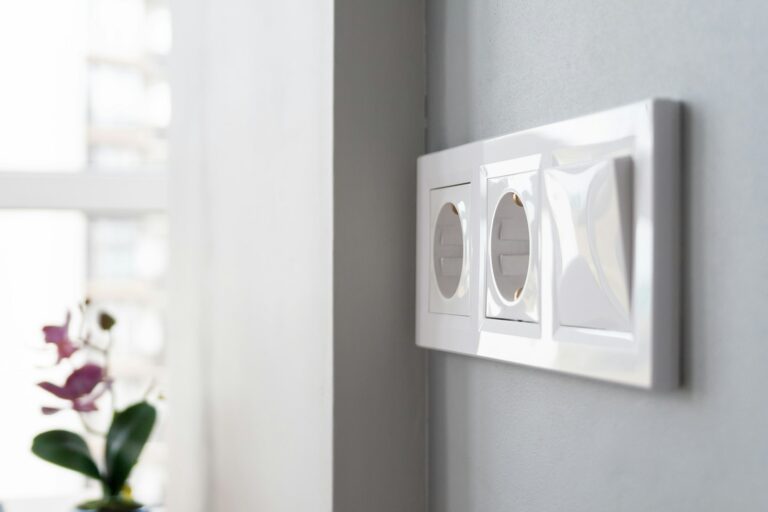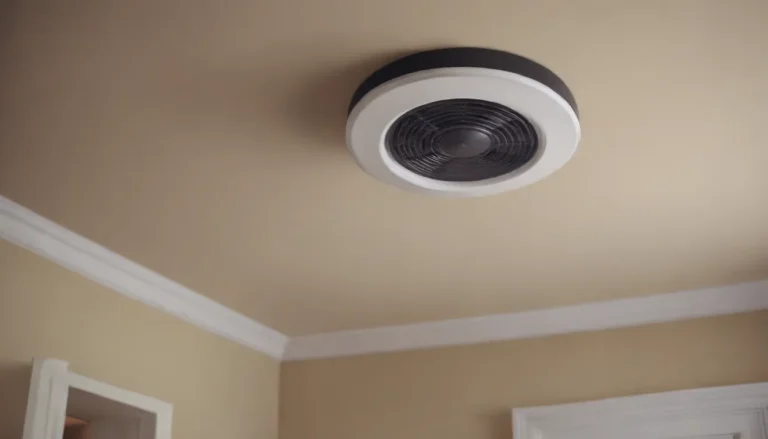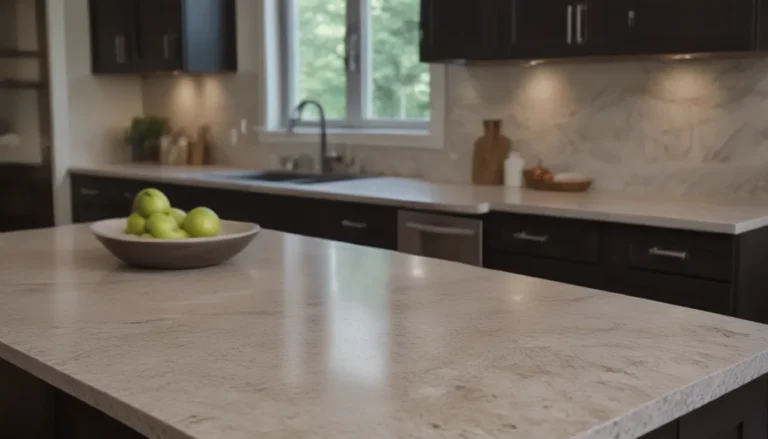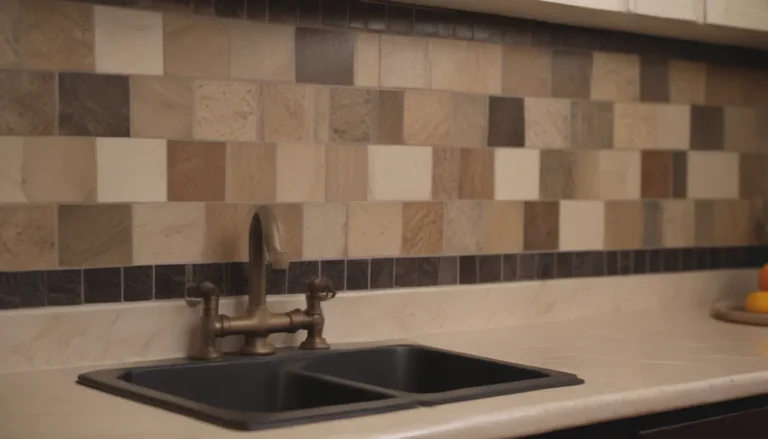Everything You Need to Know About Greenboard Drywall
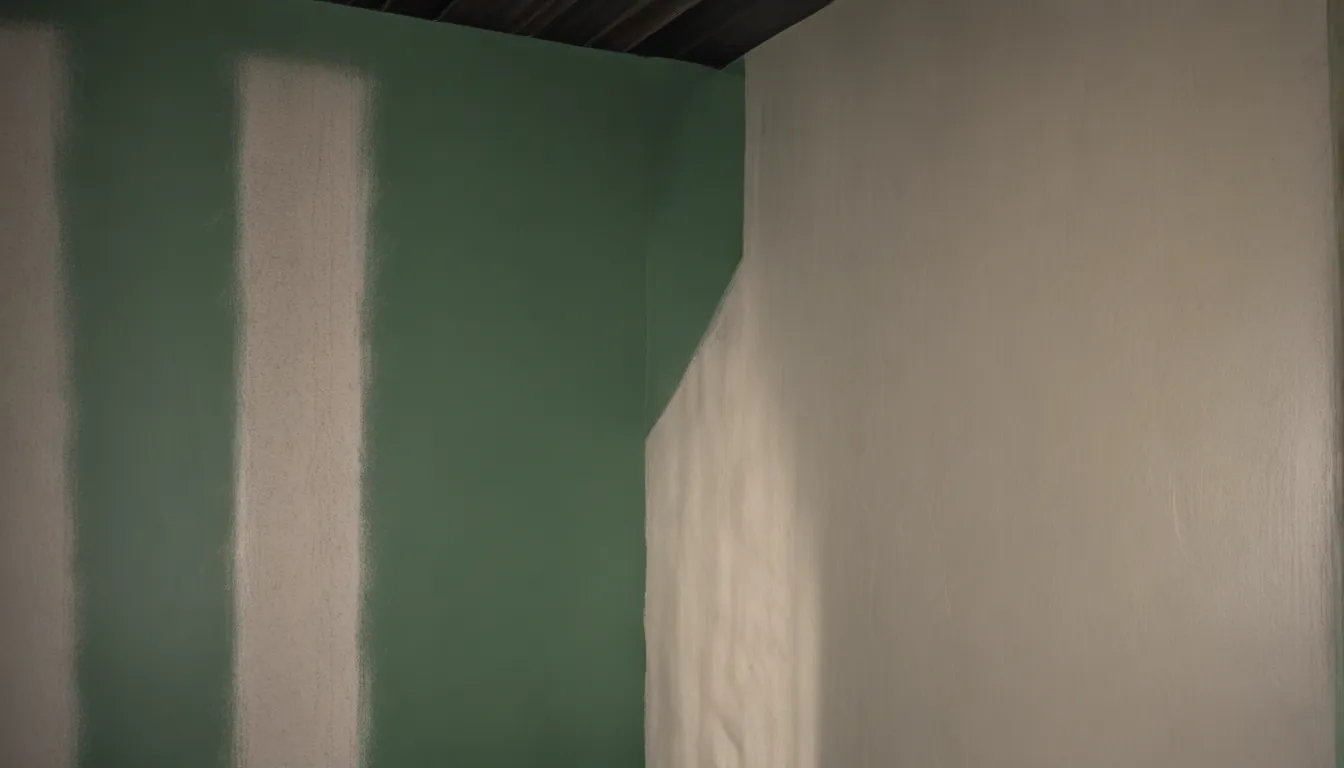
Welcome to your guide on greenboard drywall! If you’re looking to understand what this unique material is all about, you’ve come to the right place. In this article, we’ll delve into the basics of greenboard drywall, its uses, benefits, and alternatives. Whether you’re a DIY enthusiast or a seasoned professional, there’s always something new to learn.
What Exactly is Greenboard Drywall?
Drywall is a staple material when it comes to wall construction, but when you’re dealing with areas of high humidity like bathrooms and kitchens, standard drywall can fall short. This is where greenboard drywall comes into play. Greenboard is a special type of drywall that has been treated with a moisture- and mold-resistant coating, making it ideal for use in humid environments. With its paper facing coated in a moisture-resistant substance, greenboard is designed to withstand daily exposure to humidity without succumbing to mold or water damage.
Why Choose Greenboard Drywall?
Greenboard drywall may not be the go-to choice for wet areas like showers, but it shines in spaces that experience moderate levels of moisture. Here are a few reasons why you might consider using greenboard in your next project:
- Resistance to moisture and mold: The waxy coating and chemical treatment on greenboard’s paper facing make it a reliable option for areas prone to humidity.
- Easy installation: Greenboard can be installed in a manner similar to standard drywall, making it a convenient option for contractors and DIYers alike.
- Versatility: While greenboard may not be suitable for wet locations, it can be used in bathrooms, kitchens, and laundry rooms where humidity is a concern.
Greenboard vs. Conventional Drywall
When it comes to comparing greenboard with standard drywall, there are a few key differences to keep in mind:
- Greenboard’s inner core of gypsum is identical to regular drywall, but its paper facing sets it apart.
- While greenboard panels are installed similarly to conventional drywall, extra care should be taken due to the slightly more fragile nature of the paper facing.
- Greenboard is not recommended for ceiling applications due to its weight and susceptibility to sagging in high-humidity conditions.
Fun Fact: Did you know you can cut greenboard to size using a sharp utility knife and a straightedge? It’s just as easy as cutting standard drywall!
Greenboard Dimensions and Brands
Greenboard drywall typically comes in 1/2-inch and 5/8-inch thicknesses, with standard 4-foot by 8-foot dimensions. While greenboard may cost slightly more than conventional drywall, its benefits in moisture-prone areas make it a worthwhile investment. Brands like GP’s ToughRock Mold-Guard Gypsum Board and Aquabloc offer quality greenboard products that cater to different project needs.
Is Greenboard Allowed for Wet Applications?
While water-resistant drywall like greenboard is technically approved for use in wet locations, it’s essential to check local building codes before proceeding. While greenboard can resist moisture, it is not entirely waterproof, making it unsuitable for direct water exposure. For areas like showers and tub surrounds, alternatives like cement board or glass mat panels are preferred for their superior waterproofing properties.
Alternatives for Wet Locations
If you’re working on a wet application like a shower or tub surround, consider these alternatives to greenboard drywall:
- Cement-based backer boards like Durock, Wonderboard, and Hardiebacker offer excellent waterproofing capabilities when combined with a waterproofing membrane or coating.
- Glass mat panels like DensShield provide a completely waterproof and mold-proof surface, making them a popular choice for wet areas.
By choosing the right material for your project, you can ensure long-lasting durability and protection against moisture-related issues.
Where to Use Greenboard Water-Resistant Drywall
While greenboard excels in humid areas like bathrooms and kitchens, it’s essential to use it in the right places. Here’s a quick guide on where to use greenboard effectively:
Do Use Greenboard in:
- Bathrooms
- Kitchens
- Laundry rooms
Do NOT Use Greenboard in:
- Showers
- Tub surrounds
- Any area with direct water exposure
By following these guidelines, you can maximize the benefits of greenboard while avoiding potential issues in wet environments.
In conclusion, greenboard drywall is a valuable addition to your building projects, offering moisture and mold resistance in areas where standard drywall falls short. With its easy installation and versatility, greenboard remains a popular choice for high-humidity spaces. However, for wet applications, consider alternative materials like cement board or glass mat panels to ensure optimal performance and longevity.
Remember, when in doubt, always consult local building codes and regulations to determine the best materials for your specific project needs. With the right knowledge and materials at your disposal, you can create durable and reliable walls that stand the test of time. Happy building!
